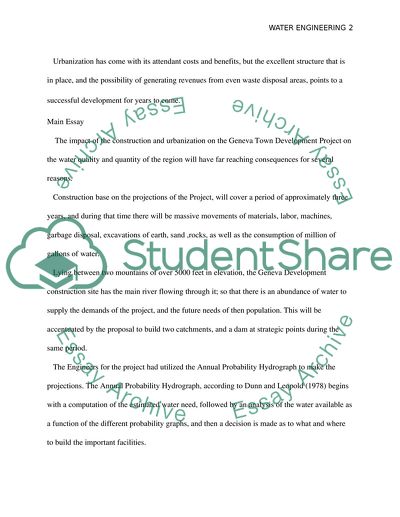Cite this document
(The Effects of Land Use on Water Quality and Quantity Assignment, n.d.)
The Effects of Land Use on Water Quality and Quantity Assignment. Retrieved from https://studentshare.org/environmental-studies/1747856-water-engineering
The Effects of Land Use on Water Quality and Quantity Assignment. Retrieved from https://studentshare.org/environmental-studies/1747856-water-engineering
(The Effects of Land Use on Water Quality and Quantity Assignment)
The Effects of Land Use on Water Quality and Quantity Assignment. https://studentshare.org/environmental-studies/1747856-water-engineering.
The Effects of Land Use on Water Quality and Quantity Assignment. https://studentshare.org/environmental-studies/1747856-water-engineering.
“The Effects of Land Use on Water Quality and Quantity Assignment”, n.d. https://studentshare.org/environmental-studies/1747856-water-engineering.


